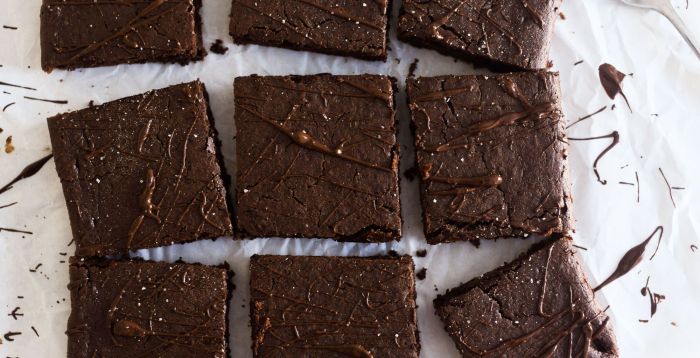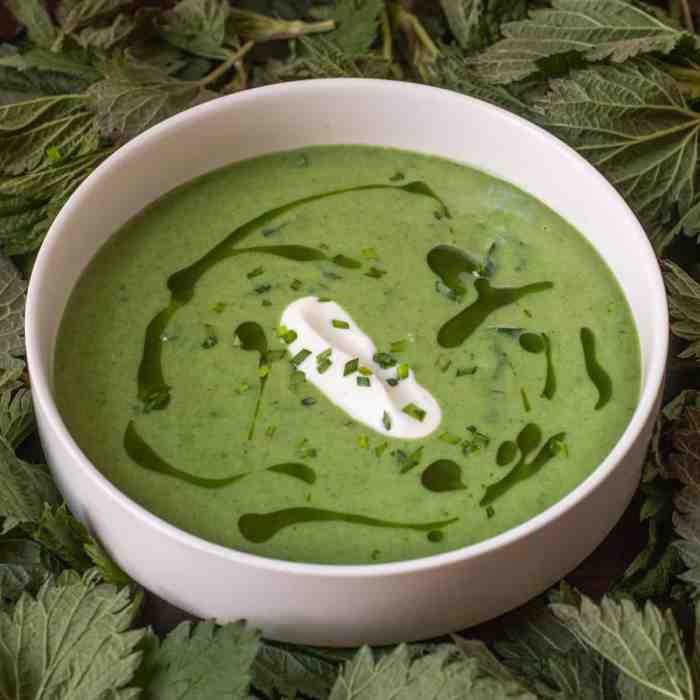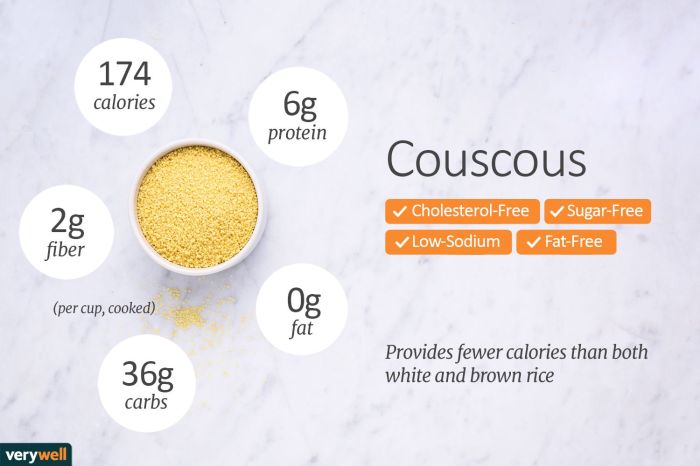Suits and Tailoring in 1910

1910 men’s fashion – The year 1910 witnessed a refined and sophisticated approach to men’s tailoring, reflecting the prevailing social and economic climate. Suits were not merely garments; they were statements of personal style and social standing, meticulously crafted to project an image of success and respectability. The construction, fabrics, and styles of suits in this era offer a fascinating glimpse into the sartorial elegance of the time.
Suit Construction and Features
A 1910 suit was a testament to skilled craftsmanship. Typically, it consisted of a jacket and trousers, often made from the same fabric for a cohesive look. The jacket featured a structured silhouette, achieved through the use of strong canvas interlining and padding. Shoulder pads provided a broad, square-shouldered appearance, considered highly fashionable at the time. High-buttoning jackets were common, often featuring three or even four buttons, placed relatively high on the chest.
The trousers were typically high-waisted, often worn with a belt or suspenders, and featured a relatively straight leg, often ending at the top of the shoe. Pockets were functional and well-placed, reflecting a practicality that complemented the overall sophisticated style. Details such as hand-stitching on lapels and buttonholes were hallmarks of quality and bespoke tailoring.
Suit Fabrics
The fabrics used in 1910 suits were chosen for their quality, durability, and drape. Worsted wool was a popular choice, known for its fine texture and ability to hold a crease, providing a sharp, refined appearance. Other common fabrics included flannel, particularly for more casual suits or those intended for colder weather, and tweed, a heavier fabric often used for sporting suits or country wear.
The choice of fabric often reflected both the season and the wearer’s social status and personal preference. The quality of the fabric was a crucial indicator of the suit’s overall quality and price.
Suit Jacket Cuts and Styles
The cut and style of the jacket were essential components of a 1910 suit. The most common styles included the single-breasted jacket, typically with three or four buttons, and the double-breasted jacket, often featuring six buttons. The single-breasted jacket offered a more streamlined and less formal look, while the double-breasted jacket conveyed a more powerful and imposing presence.
The length of the jacket generally fell to the hip or just below, providing a balanced silhouette. The shape of the lapel was another important design element, with notched lapels being a common choice. The overall effect was one of structured elegance, reflecting the refined tastes of the era.
Tailoring a 1910 Suit
The process of tailoring a 1910 suit was a labor-intensive undertaking, requiring the expertise of skilled tailors. It began with meticulous measurements of the client, followed by the careful cutting and shaping of the chosen fabric. The interlining and padding were then added to provide the suit’s structure and shape. The various components of the suit—the jacket front and back, the sleeves, the trousers—were assembled using hand-sewing techniques.
Buttonholes were meticulously hand-stitched, and finishing touches, such as pressing and cleaning, were carefully applied to ensure a flawless result. The entire process often took several weeks, reflecting the dedication to quality and craftsmanship that characterized high-end tailoring in this period.
Accessories and Footwear

The accessories and footwear choices of 1910 offered a glimpse into the refined and often formal style of the era. These details, while seemingly minor, contributed significantly to a man’s overall presentation, reflecting his social standing and personal taste. Careful attention was paid to the coordination of these elements with the suit itself, creating a cohesive and stylish ensemble.
Men’s fashion in 1910 often featured tailored suits with a more structured silhouette, reflecting a sense of formality. This style gradually evolved, paving the way for the looser, more relaxed fits of the following decade. To understand this shift, exploring the changes in men’s attire is key; for example, see 1920’s men’s fashion for a clear contrast.
Ultimately, comparing these styles highlights the significant changes in men’s fashion preferences between the two decades, even though the 1910s still held onto a certain degree of formality.
Hats, 1910 men’s fashion
Men’s hats in 1910 were an essential component of a gentleman’s wardrobe, serving both practical and social functions. The choice of hat often indicated a man’s profession, social class, and even his personality.
- Bowler Hats: Also known as derby hats, these hard-felt hats were popular among businessmen and those in professional roles. They were typically made from felt in dark colors like black, brown, or dark grey, offering a polished and sophisticated appearance.
- Top Hats: The quintessential formal hat, top hats remained a staple for evening wear and special occasions. Their tall, cylindrical shape and smooth, usually black, finish signified elegance and high social standing. They were often made of silk or beaver felt.
- Fedora Hats: These soft felt hats, characterized by their pinched crown and a ribbon band, were a more casual option, gaining popularity throughout the decade. They came in a range of colors and materials, reflecting a broader range of styles than the more formal bowler or top hat.
- Panama Hats: Lightweight and breathable, Panama hats were favored during warmer months. These straw hats, typically light in color, provided protection from the sun and were often associated with leisure and summer activities.
Ties, Pocket Squares, and Cufflinks
These smaller accessories played a crucial role in adding personality and flair to a man’s outfit. The careful selection and coordination of these items demonstrated a keen sense of style and attention to detail.
- Ties: Four-in-hand knots were the most common, but a variety of knots and tie styles existed, reflecting individual preferences. Silk ties were prevalent, often featuring subtle patterns or solid colors to complement the suit.
- Pocket Squares: These added a touch of sophistication and color to the breast pocket of a jacket. Linen or silk pocket squares were folded in various styles, often subtly contrasting or complementing the tie and suit.
- Cufflinks: Cufflinks were a small but significant detail, showcasing personal style. Materials ranged from simple metal to more ornate designs featuring gemstones or enamel work, reflecting a range of tastes and budgets.
Footwear
Footwear in 1910 reflected both practicality and style, varying depending on the occasion and the wearer’s profession.
- Oxfords: These lace-up shoes were a versatile choice, suitable for both business and semi-formal occasions. They were often made of leather in black or brown.
- Boots: High-top boots, particularly leather boots, were common, especially for outdoor activities or more rugged settings. They offered more protection and durability than shoes.
- Spats: These fabric or leather coverings were often worn over shoes to protect them from the elements and add a touch of formality. They were commonly seen with oxfords or other dress shoes.
Illustrative Examples: 1910 Men’s Fashion
The sartorial landscape of 1910 offered a wide range of styles, reflecting both social class and individual taste. While suits reigned supreme, variations in cut, fabric, and accessories allowed for considerable personal expression. The following examples showcase the diversity of men’s fashion during this period.
A Businessman’s Ensemble
This outfit exemplifies the typical attire of a successful businessman in 1910. It centers around a dark grey, single-breasted, three-piece suit crafted from high-quality worsted wool. The jacket features a notched lapel, a moderate waist suppression, and gently padded shoulders, indicative of the prevailing silhouette. The waistcoat, matching the suit, is buttoned neatly, showcasing a crisp white linen shirt with a stiff, high collar and a simple, straight-edged detachable collar.
A subtle patterned silk tie, possibly in a muted paisley or stripe, completes the upper body. The trousers are neatly pressed, ending just above the top of his polished black leather shoes. A pocket watch, attached to a slender chain, peeks from his waistcoat pocket. This ensemble would have been worn for business meetings, important social events, or attending the opera.
A Country Gentleman’s Outfit
In contrast to the city businessman’s formal attire, this outfit reflects the more relaxed style favoured by gentlemen in rural settings. The core of this look is a tweed suit in a muted earth tone, such as a brown or heather grey. The jacket is looser-fitting than its city counterpart, with a slightly longer length and less pronounced waist suppression.
Instead of a stiff collar, a softer, less structured shirt with a turn-down collar would be worn, possibly paired with a knitted tie or a loosely knotted silk tie in a subtle pattern. Brown leather boots, sturdy and practical, replace the polished black shoes, reflecting the outdoor activities associated with this lifestyle. A felt hat, perhaps a deerstalker or a trilby, provides protection from the elements.
This outfit would be suitable for shooting, hunting, or a leisurely stroll across the country estate.
A Sporting Gentleman’s Attire
This outfit demonstrates the attire appropriate for sporting events popular in 1910. The focus is on comfort and practicality. A Norfolk jacket, known for its practicality and roominess, made from a durable fabric like tweed or cotton, would form the foundation. The jacket features pleats at the back and shoulders, allowing for greater freedom of movement. Paired with this would be knickerbockers – loose-fitting trousers gathered at the knee – also in a durable fabric.
A sturdy shirt, potentially with a detachable collar, and a knitted tie or cravat complete the upper body. Strong, comfortable leather boots or sturdy shoes are a must, suitable for navigating varied terrain. This outfit would have been perfectly acceptable for a game of golf, a cricket match, or a hunting expedition. The overall impression is one of relaxed elegance suitable for physical activity.
FAQ
What were common colors in 1910 men’s suits?
Darker colors like navy, charcoal grey, and brown were prevalent, reflecting a sense of formality and sophistication.
How did the length of suit jackets change throughout 1910?
Jacket lengths remained relatively consistent throughout the year, generally falling to around the knee or slightly above.
What were some popular hat styles for men in 1910?
Bowler hats, fedoras, and homburgs were popular choices, with variations in material and detailing reflecting individual style and social class.
Were there significant differences in underwear styles across social classes?
While basic undergarment styles were similar, higher social classes often used finer materials like silk and linen.



